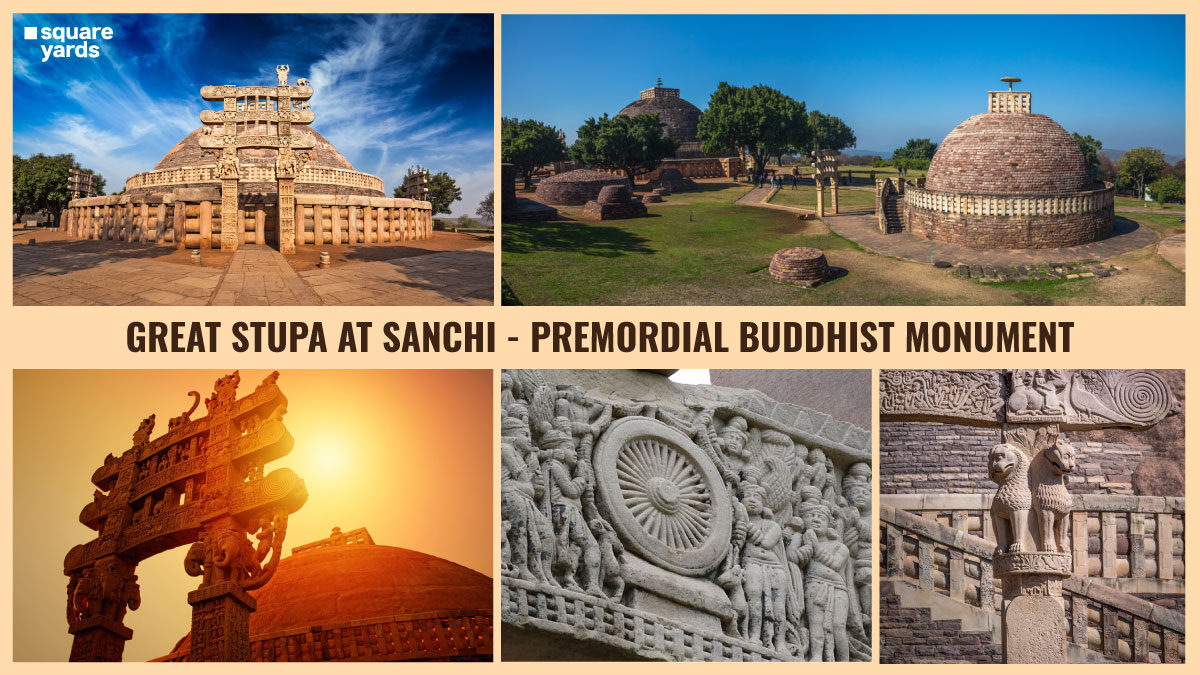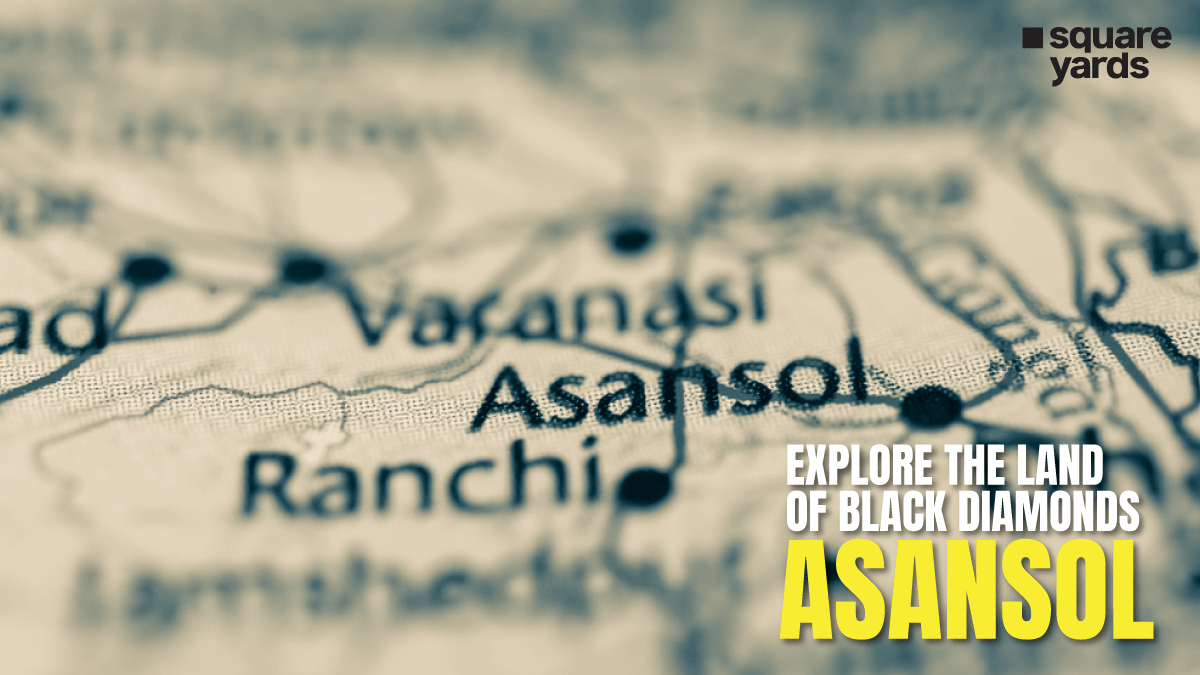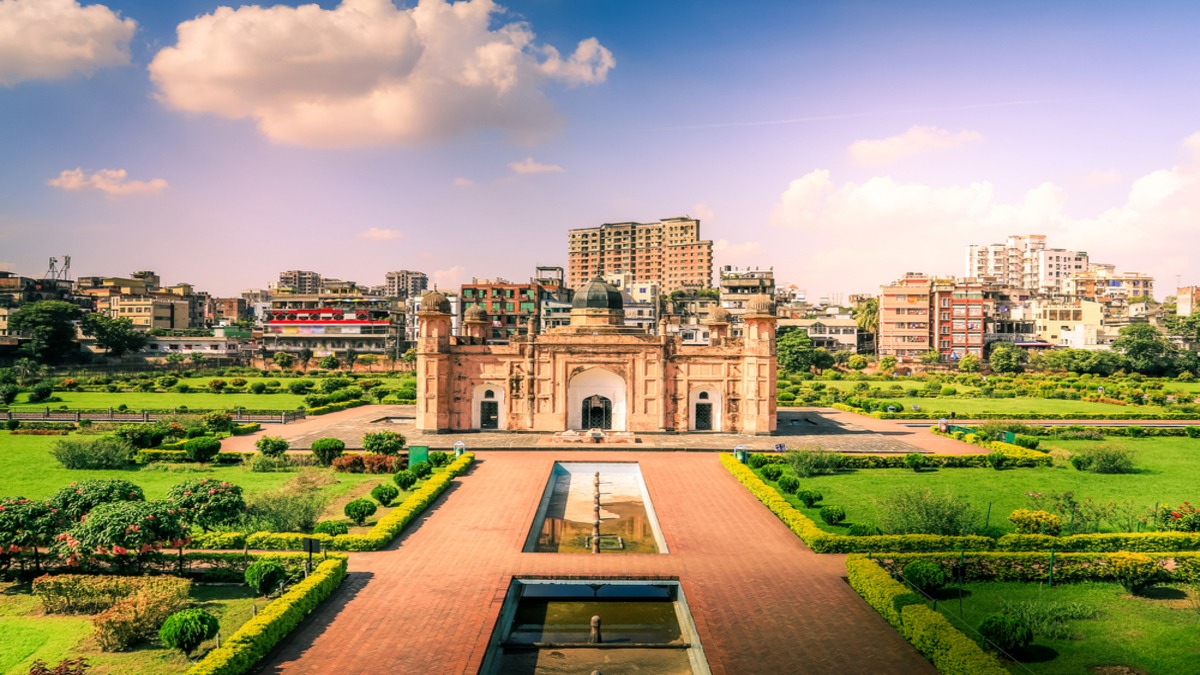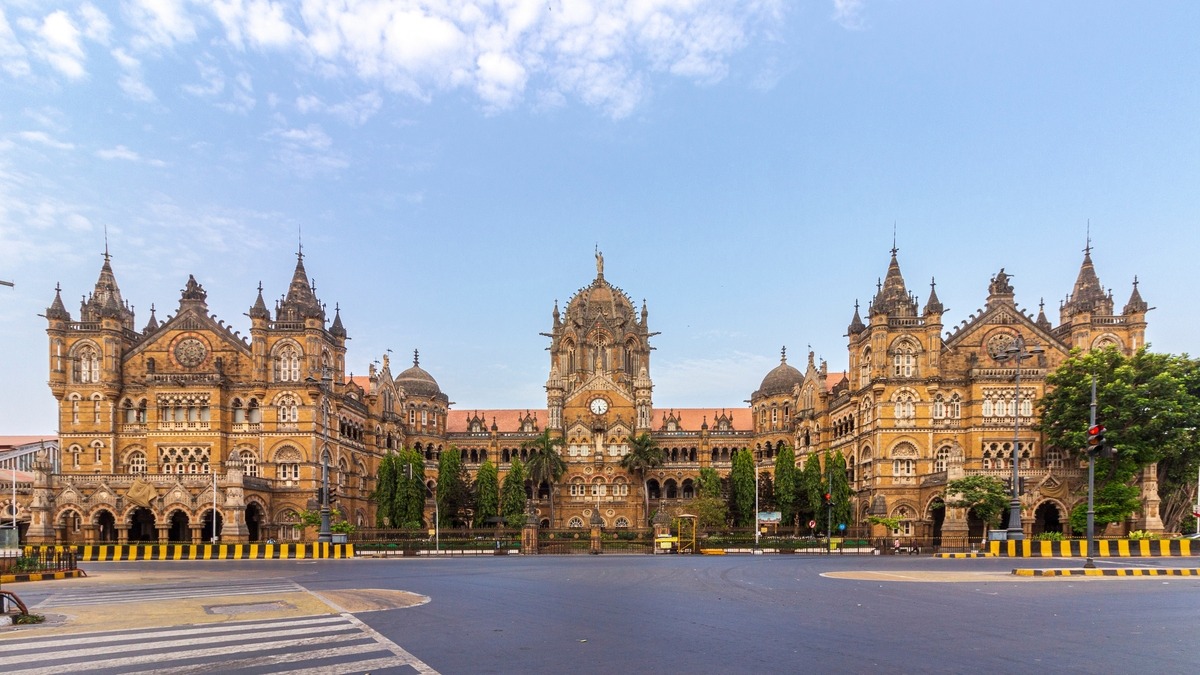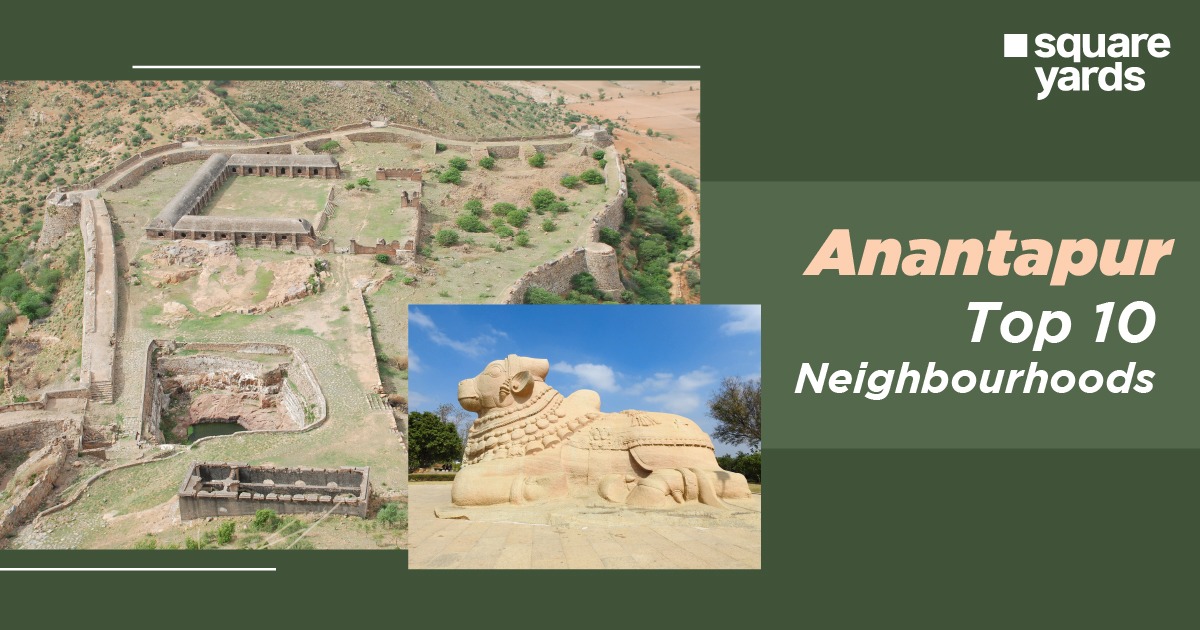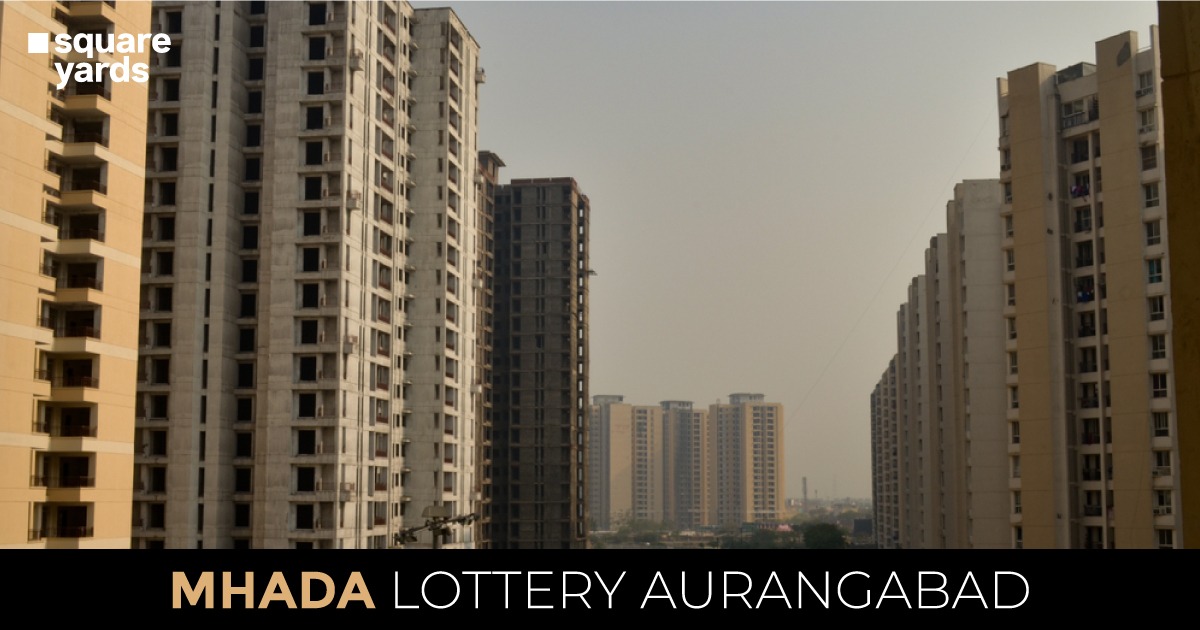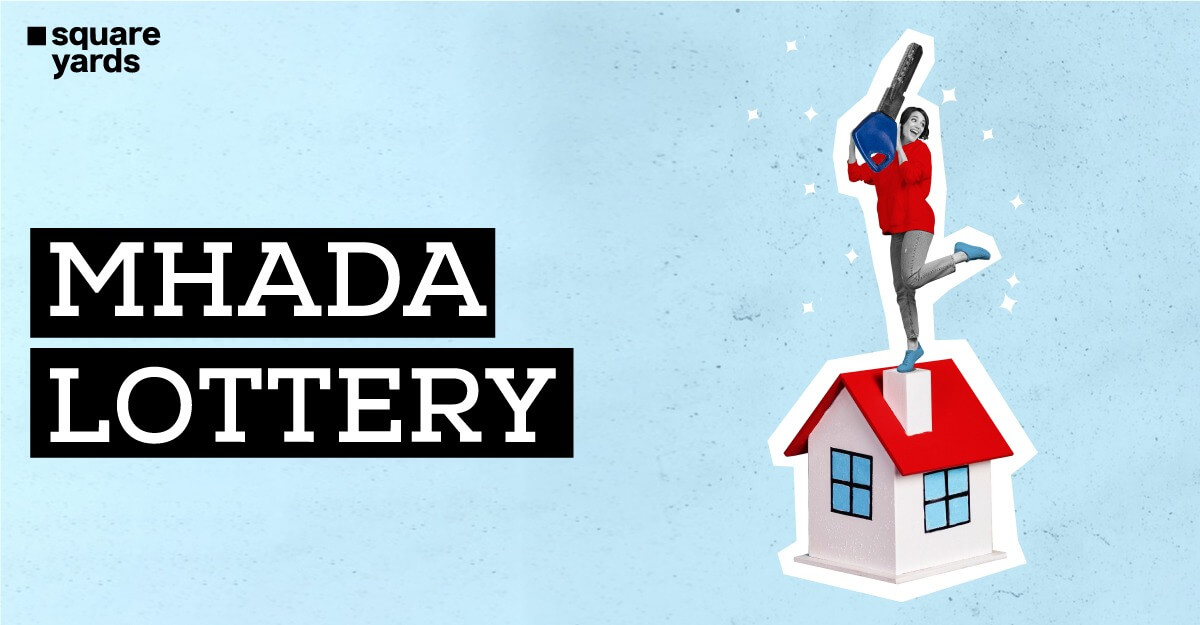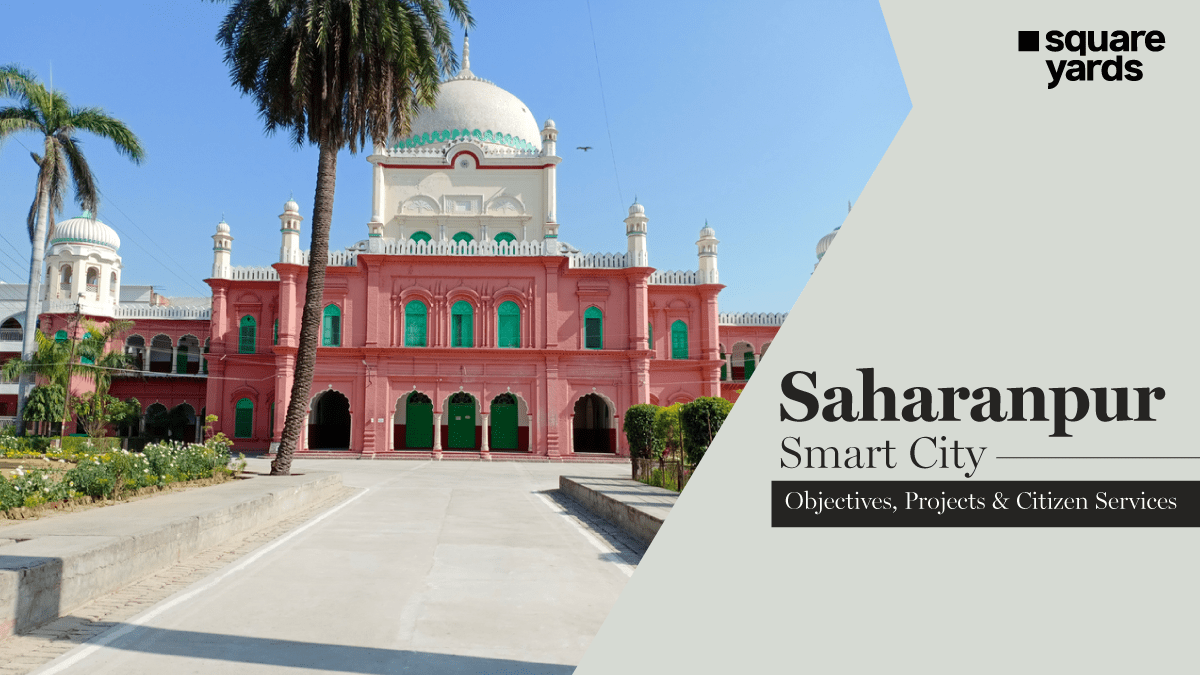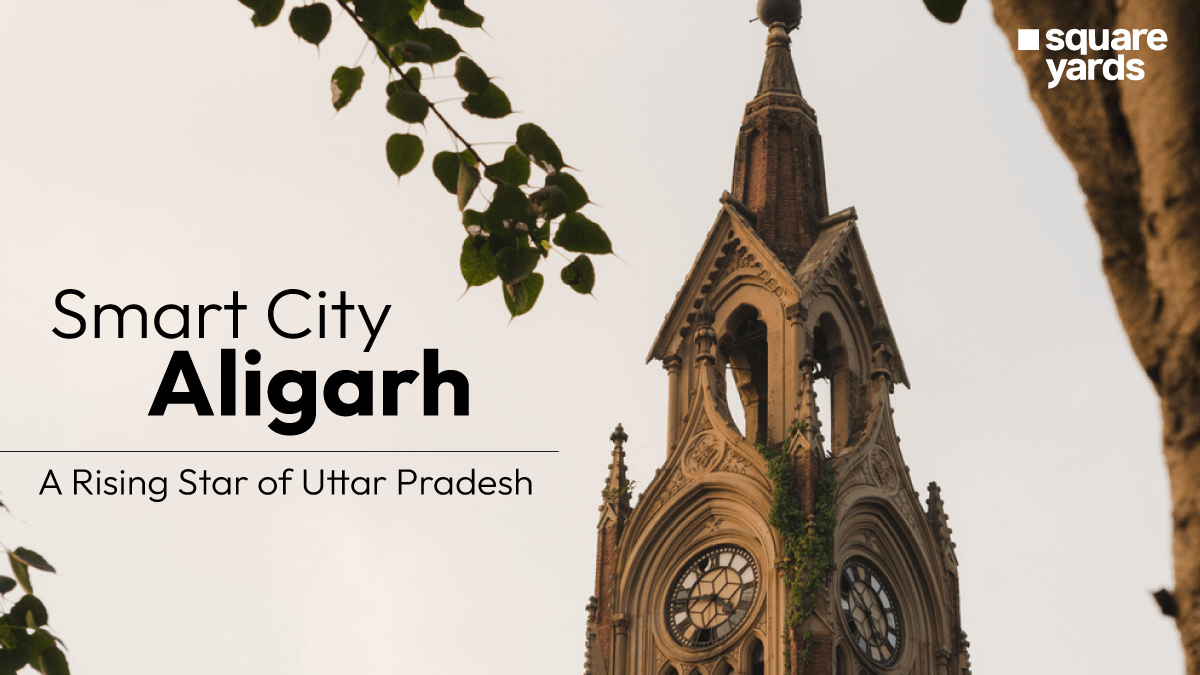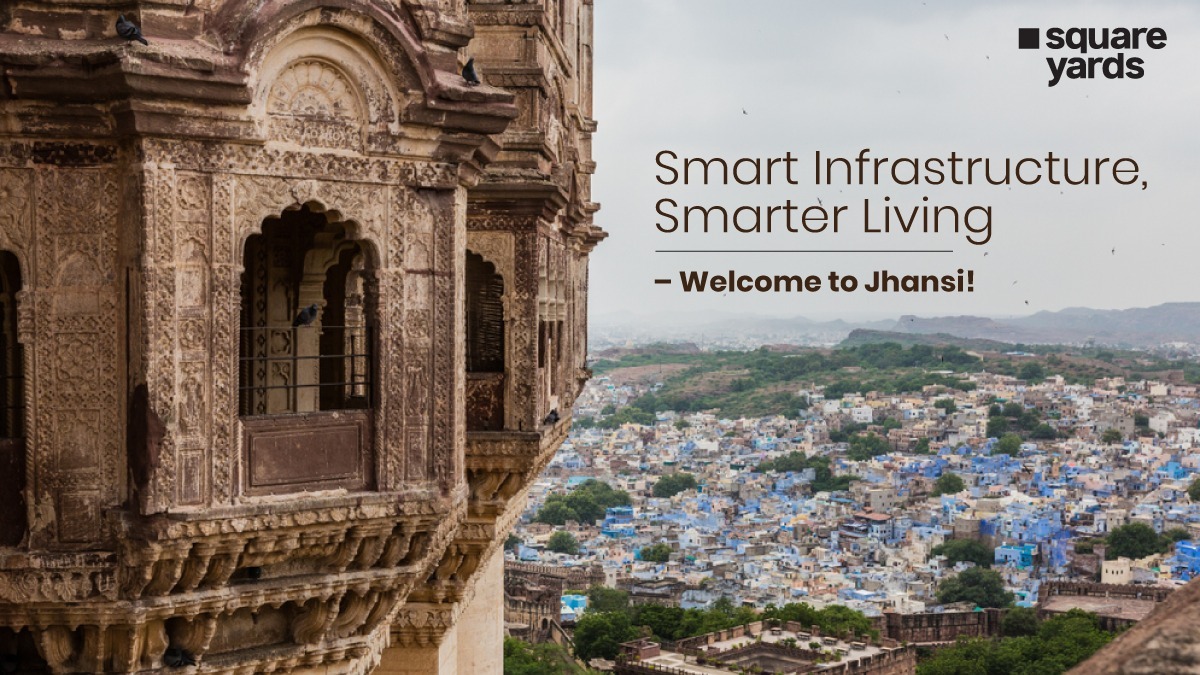India is a country where you can find the beauty of history in every corner, be it monuments or remarkable growth. Just like many cities in the country, Madhya Pradesh is famous for its history, monuments and remarkable architecture. One of its most prominent architectural structures is the Great Stupa at Sanchi, known as the Sanchi Stupa.
The Stupa Sanchi is the home of Lord Buddha, with his relics buried inside. One of the Maurya’s Dynasty the greatest kings, Ashoka, built this structure in the 13th century BCE. The Sanchi Stupa is the epitome of architectural designs built during the Maurya Dynasty.
Do you want to know what the architectural beauty of this Stupa looks like, its history, significance, and unknown facts? In this write-up, we’ll take you through the architectural marvel of Sanchi Stupa.
History Of Sanchi Stupa, Madhya Pradesh
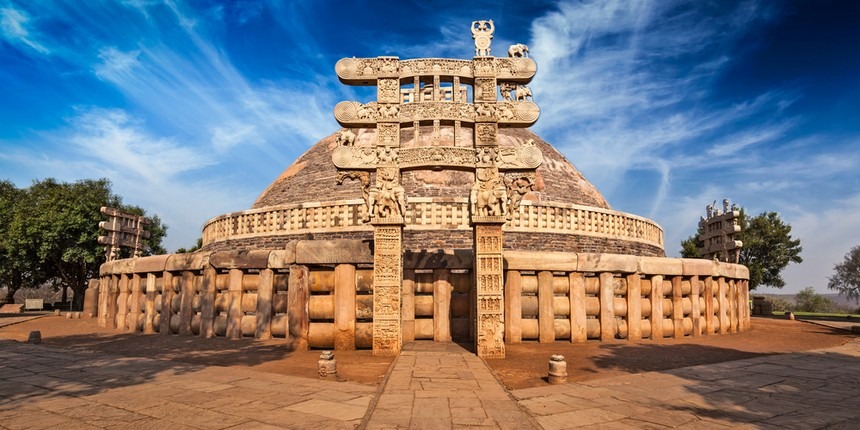
Ashoka, one of the greatest kings of all time and the inciter of the Maurya Dynasty, laid the foundations of the great Stupa of Sanchi. He established the Stupas to bring back and redistribute Lord Buddha’s transient remains in the 3rd century BCE. The huge Stupa in Sanchi is 54 feet in height. Also, it has a chamber in the centre where objects of the virtue of Lord Buddha are kept.
The beautiful hemispherical establishment of the Sanchi Stupa is double its diameter. Being a major architectural monument of the Maurya Dynasty, Queen Devi, the wife of Ashoka and their daughter, princess Vidisha oversaw its construction. The monument also has a sandstone pillar, over which the Schism Edict was inscribed by Ashoka with the characters of ornamental spiral Brahmi. These characters bear a resemblance to conch shells, known as ‘Sankhalipi’. With the immense development, the lower part of the Sanchi Stupa is still grounded, whereas the upper part is covered with a canopy called ‘Chattra’.
Brihadratha Maurya, the last king, was killed by his own general Pushyamitra Shunga which led to the beginning of the Shunga Dynasty with the end of the Maurya Dynasty in 185 BCE. As per the beliefs, it is said that the great Stupa at Sanchi was destroyed during the 2nd century BCE. However, it was reconstructed during the Shunga Dynasty, after they became the power, by Pushyamitra, son, Agnimitra.
Shunga Dynasty increased the size to double the original size of the Stupa during their reign. What makes the Sanchi Stupa different from the one built during the Maurya Dynasty is that a flattened dome was created with the use of stone slabs. The new construction provided a covering for the Stupa Sanchi built with bricks.
The three umbrella-like structures crowning the Sanchi Stupa adorn the monument. These three structures symbolise the ‘Wheel of Law’, defining Dharma. A double staircase is conducted to reach the dome’s seat, shaped like a drum.
Architectural Design of the Sanchi Stupa
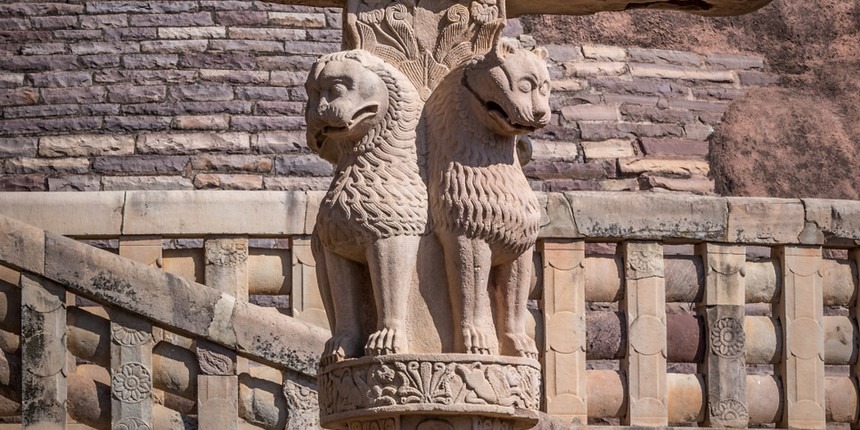
The mesmerising architecture of the Sanchi Stupa makes it one of the prominent monuments built during the Maurya dynasty. Epitomising the cosmic mountain, it has elaborately carved structures. The main body of the Sanchi Stupa is topped by a pillar, known as Harmika, which holds the three umbrella-like structures. The Chhatra further defines the three major jewels of Buddhism, and Anda is the hemispherical mound of the structure. This great Stupa at Sanchi is also covered by several other captivating tourist spots in Bhopal. The Stupa is made up of three fundamental features, which are the Harmika, Anda and Chhatra. The three fundamental features are a few beautiful components whose experience can be gained by visiting the site.
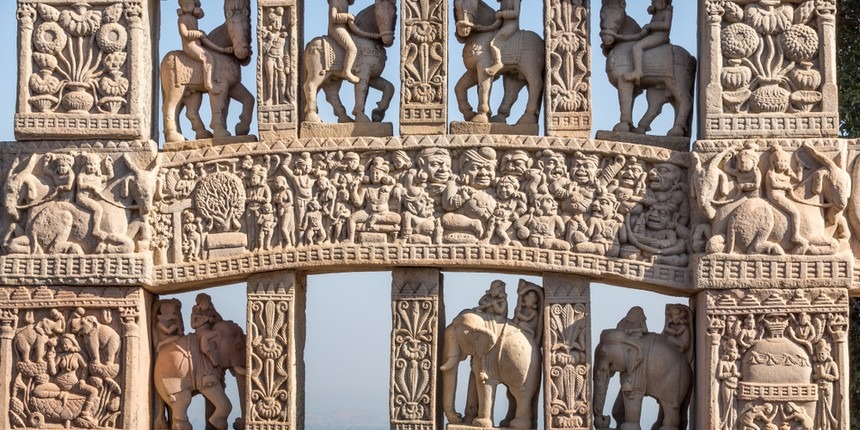
The circular terrace of the Stupa of Sanchi is made accessible through the staircase. The worshippers can easily move inside the Stupa through the passage and stairways. A procession on the ground floor is also inside the Stupa, which is further surrounded by balustrades made of stone.
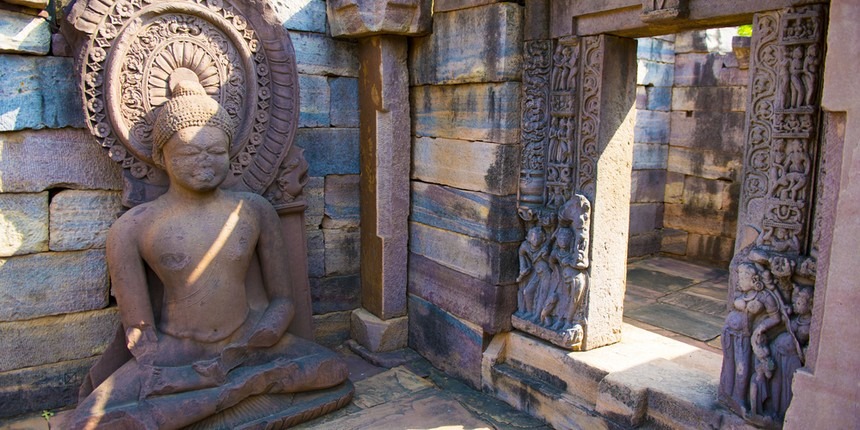
The entrances built at the four cardinal spots are the major construction of the architecture. The detailed carvings consist of Buddhist symbols and major religious, and historical scenes. The presence of Buddha in all the carvings as a Lord and in human form makes it more appealing. Lord Buddha is also shown at the entrances in the form of a horse without a horseback rider. It also shows an umbrella covering an empty throne, footprints, or a Bodhi tree.
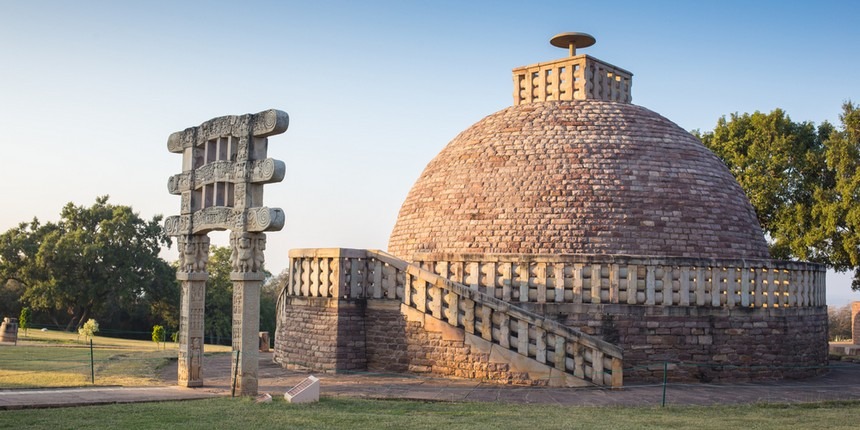
When entering through the gateways, you can see Buddha in the human form being seated under the shade of the pillared canopy. These images were added to the structure subsequently after the whole decoration, in the 5th century AD.
What’s inside Sanchi Stupa?
The inside of the Sanchi Stupa is based on the mentioned below components:
- Anda
The hemispherical mound built in the Great Stupa at Sanchi is known as Anda. The domed-shaped hemisphere with the highlights of green colour showcases the dirt mount which was used to cover the remains of Lord Buddha. The solid core, which can not be entered, also makes the part of the Anda. The first built Stupa under king Ashoka contained the actual relics of Lord Buddha. The chamber of the relic is still there and buried deep inside the Anda, known as Taberna. With the passing of time, the hemispherical mound has taken the shape of a symbolic connection. It symbolises the home of Gods in the universe’s centre inside the mound.
- Harmika
Inspired by the railing of square shapes, Harmika has highlights of red which surround the hemispherical mound, Anda. The Harmika makes Anda a hollowed space for burial.
- Chhatra
Chhatra is a central pillar providing support to the three umbrellas present at the great Stupa of Sanchi. This pillar was procured from the triple umbrellas to protect the Anda from the other elements. Since the symbolism of the hemispherical mound changed with time, the central pillar was also brought to represent the pintle of the universe. The umbrellas like three disks represent the three-major jewels of Buddhism. These jewels are Sangha, Dharma, and Buddha.
Apart from the three major components of Sanchi Stupa, below are the two other components that make up the site:
- Medhi
The terrace that surrounds the triple bar railings is called Medhi in the great Stupa Sanchi India. The Anda needs support to keep off itself from the ground, which is provided by this terrace. Additionally, the terrace is also used as a space for ritual circumvents.
- Toranas
Toranas are the wall of the Stupa with trademarks on them. These trademarks are three horizontal bars of stones which surround the entire site of the Stupa. The wall has highlights of light blue colour, with toranas highlighted with yellow.
Political Significance of the Sanchi Stupa, Madhya Pradesh
Politically, the Stupa of Sanchi is the major attraction to bring more tourists to the country. Also, it holds importance and implies that all faiths and religions are respected in India equally. The Sanchi Stupa is still politically and religiously strong, as it was during the Maurya and Shunga Dynasties.
Facts about Sanchi Stupa
A few interesting facts about the Sanchi Stupa World Heritage Site are mentioned below:
- The great Emperor of the Maurya Dynasty, Ashoka, put forward the foundation of the Stupa of Sanchi.
- The location for the Stupa is believed to be chosen by his Queen Devi, who belonged to a family of merchants of Vidisha.
- Sanchi was rediscovered in 1818 by General Taylor. Earlier, this site remained undiscovered since the 14th century.
- In 1919, an archaeological museum was established in Sanchi by Sir John Marshall, which was later become the present-day museum in Sanchi.
- The Ashokan Pillar with Schism Edict is in the ornamental Shankan Lipi of the Gupta period.
- Sanchi Stupa is the oldest structure constructed of stone in India.
- Sanchi Stupa no. 1, also known as ‘Great Stupa’, is the primary monument of the site.
- As per history, it is also believed that the Sanchi Stupa is the home to relics of Lord Buddha.
- Numerous Brahmi inscriptions, especially in Stupa no. 1 can be found on the site.
- The Stupa is 21.64 meters in height with a diameter of 36.5 meters.
- After accepting the Buddhism religion, Emperor Ashoka, Sanchi Stupa was the first to be built in his reign. After that, he constructed several other Stupas in his kingdom.
- Sanchi is an important Buddhist place in the country, even though, there was no essence of Buddhists visiting the spot.
- One of the most known Ashokan Pillar, which has four lions constructed on it like Sarnath is also made in Sanchi Stupa. This pillar has been constructed in Greco-Buddhist style.
- The great Stupa at Sanchi is the symbolisation of Buddha. Moreover, it became the symbol of his relief from the cycle of birth and rebirth, known as the ‘Final Dying’ or Parinirvana.
- The restoration of the great Stupa Sanchi India was done between 1912 and 1919 under Sir John Marshall’s supervision.
- In 1989, the great Stupa at Sanchi became a World Heritage Site.
- The four Toranas inside the premises of the Stupa of Sanchi are also known as gateways and symbolise trust, love, peace, and courage.
- Sir John Marshall also established the ASI museum in Sanchi Stupa.
- The great Stupa at Sanchi is also featured on the ₹ 200 notes’ rear side.
Timings and Entry Fees for Sanchi Stupa
The visitors can visit and experience the beauty and magnificent construction of the Stupa of Sanchi from 6:30 am to 6:30 pm all around the week. However, the visitors do not have access to the internal parts of the museum on Friday. To enter the place, the Indian residents need to pay ₹ 30 and ₹ 500 for foreign tourists.
Ways to Reach Sanchi Stupa
Since the Stupa is located 48 kilometres distance from the city of Bhopal in Madhya Pradesh, there are many ways in which one can reach the destination of the great Stupa Sanchi India.
- Via Cab: You can take a cab from the city to the complex of Sanchi Stupa. Opting for a cab is one of the easiest ways to reach the destination from Bhopal.
- Via Train: You can also get a train to Sanchi from your place, as the city has its own railway station, Sanchi Railway Station. The railway from Sanchi is well-connected with other parts of the country. The Stupa is at a distance of around 1.5 kilometres from the railway station.
- Via Flight: Raja Bhoj Airport located in Gandhi Nagar in Bhopal is the nearest airport to the city of Sanchi.
What are the Best Times to Visit Sanchi Stupa?
If you wish to make the most out of your trip to the great Stupa at Sachi, November to March is the best time to visit. Visiting the Great Stupa of Sanchi during summer can be tough as the weather will be too hot at that time.
During monsoon season, visiting the Sanchi Stupa can give you a picturesque view of the monument and its surroundings. However, visiting it during this season can be a bit tough because of muddy roads and rain.
Significance of Sanchi Stupa
Hemispherical concrete architecture symbolising the Buddhism culture is what Sanchi Stupa is. Commencing from India, the construction of the Stupa began in Sanchi and spread its foot worldwide. It commemorates the Buddhists’ faith with various architectural styles and constructions. Moreover, the great Stupa of Sanchi is where the first Buddhism architecture started being prominent in India.
Coup d’œil at Sanchi Stupa
When we talk about Buddhism, the great Sanchi Stupa is the first thing that comes to mind. This Stupa is the symbol of Buddhist culture and religion. The celebration of a common culture around the globe with the establishment of Sanch Stupa in the 3rd century BCE increased the brotherhood and business. The composition of this Stupa is a must-visit world heritage site in India. The Stupa of Sanchi is simply another endurance that king Ashoka went through to establish that continued even after the dethroning of the Maurya Dynasty.
Frequently Asked Questions (FAQs)
What is Sanchi Stupa famous for?
Sanchi Stupa is one of the foremost and first places for Buddhists in India. Being the largest Stupa in India and the oldest monument for the Buddhists, making it a famous worldwide site.
Why Sanchi Stupa was built?
Maurya King Ashoka built the great Stupa at Sanchi in the 3rd century, which is believed to have the ashes of Lord Buddha.
What does Sanchi Stupa symbolise?
The great Stupa at Sanchi symbolises Buddhism’s beautiful culture and religion to bring the people together and create a better bond.
What is the purpose of a Stupa?
A Stupa is the house of Buddha’s relics and his associates to bring the followers across the globe together and pay their respects.
What are the two main features of the Sanchi Stupa?
The two main features of Sanchi Stupa are that it is a hemispherical mound and has the Lord Buddha’s relics like his teeth, hair, and bones buried inside it.
What does Stupa signify?
Stupa signifies a place where the relics of religious objects and people get buried. In another term, it is a hemispherical mound where the dirt is buried with the face of a stone.


